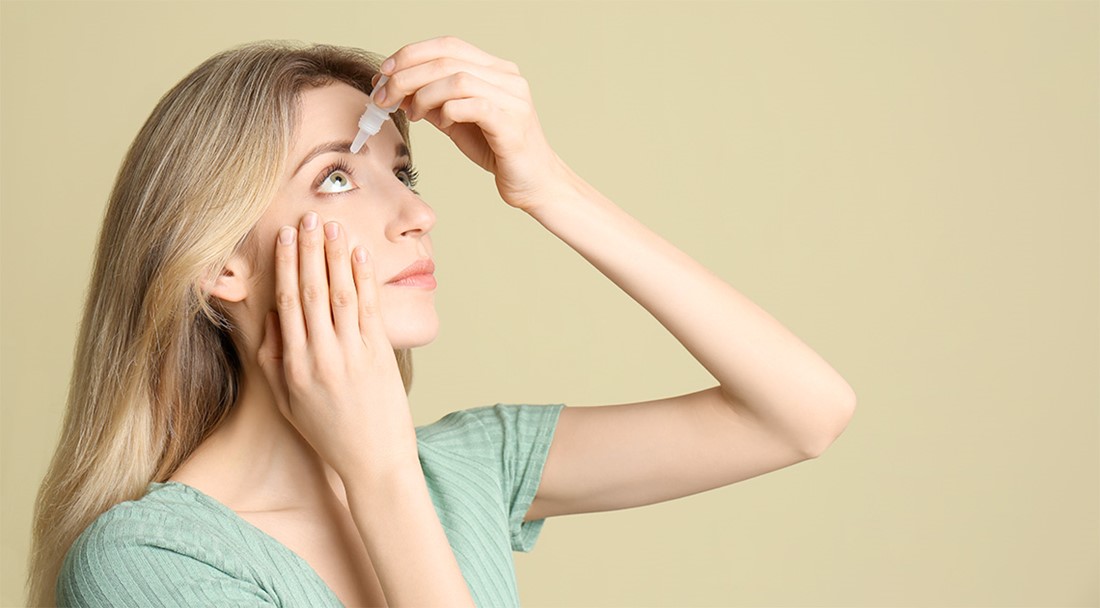Eye Drops
Eye drops are one of the mainstays of treatment of ophthalmic conditions. It is important therefore, to make sure that one is adhering to proper technique and that there is good compliance and tolerance to eye drops.
The most common method it to pull forward the lower lid and to place a drop in the inferior fornix (space between the lower white of the eye and lower lid). It is easier if one’s head is tilted back a little and the hand putting in the drop is braced on the other hand or on the forehead or cheek, to keep it steady. This helps prevent abrasions to the surface of the eye from a wandering bottle tip as well as helping with aim.
One drop is sufficient – any more will run down the cheek as excess. If unsure if the drop has gone in, another can put in as there is not a risk of overdose as any excess will run out of the eye. Once the drop has gone in, to aid maximal absorption, the eye can be gently shut and the head tilted back whilst avoiding rubbing, wiping and suchlike.
Some drops have a higher rate of side effects, for example Timolol (a beta blocker). For these drops, nasolacrimal duct occlusion can be helpful. This involves pressing on the tear ducts at the medial end of the eyelids for 60 seconds after eye drop instillation.

If there is difficult squeezing or handling the bottles, which can be quite small and stiff, an adapter or ‘drop aid’ can be obtained from a pharmacy or ordered through the glaucoma UK website
If there is intolerance to drops, it must be remembered that there may be a reaction to the active ingredient OR the preservative. A lot of eye drops use benzalkonium chloride as their preservative and to put this in context, this is also used as a swimming pool cleaning agent. Some drops also come in an unpreserved version and it may be worth considering this option, particularly if there is ocular surface disease.
Lastly, the eye drops have a shelf life and an expiry date and it is important to check these and to make sure the drops are not used after they have expired. Some drops, eg Latanoprost and chloramphenicol, need to be stored in the fridge. It is important to know if you are using one of these and to store correctly. Even for the other drops, there are instructions on storage such as keeping them out of direct sunlight etc, which can affect their potency and increase risk of pathogens growing in the bottles, and in turn causing serious infection. If in doubt, this is something that can be discussed with your pharmacist.

